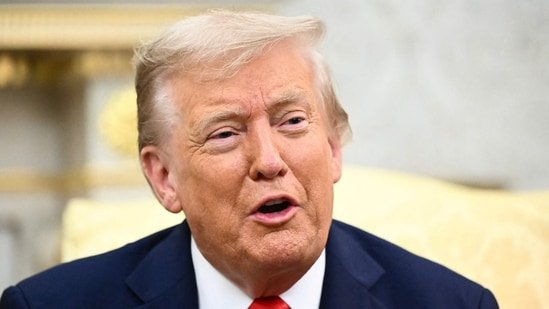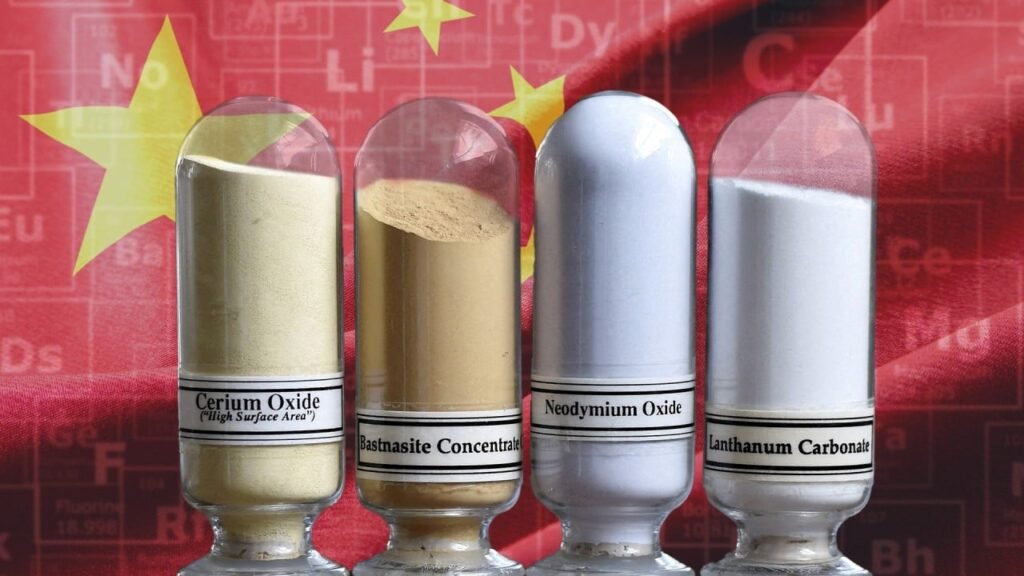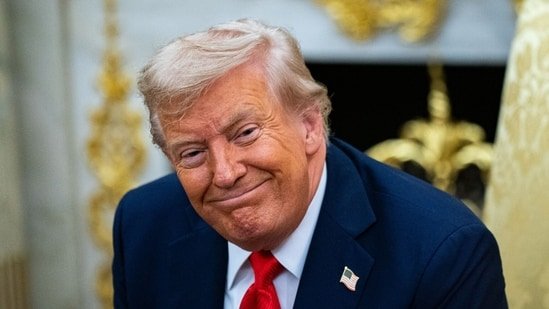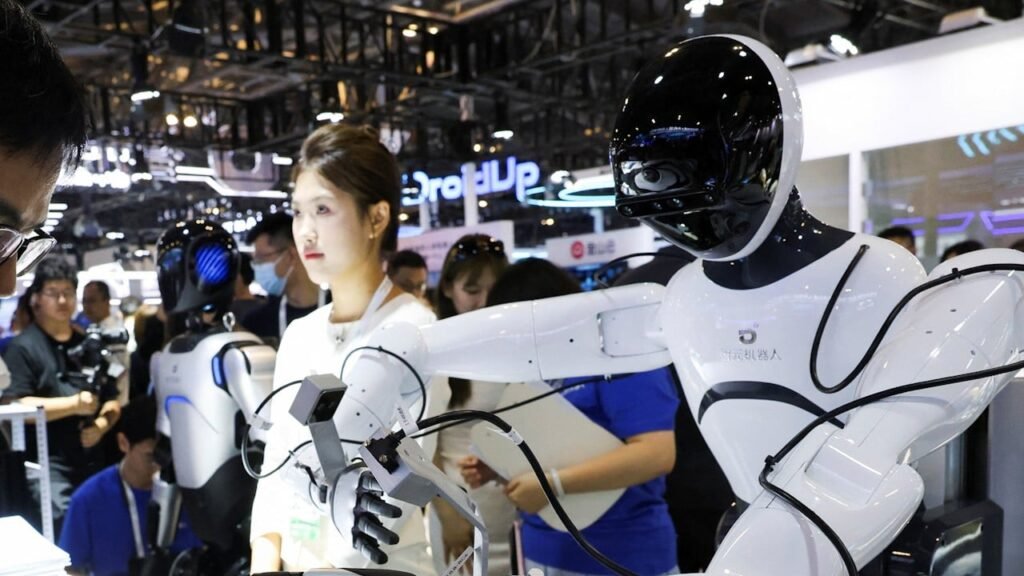- Beijing is making steady progress towards the Moon
- A decapitated and bewildered NASA faces a renewed CNSA
Alarm bells rang in the White House during the first half of August, as well as at the headquarters of the National Aeronautics and Space Administration (NASA) in Washington and at the Kennedy Space Centre in Florida.
The warning systems have been blaring loudly and intermittently to alert senior US officials and politicians that China is just a few steps away from making a major breakthrough. But not to disrupt the Alaska summit between Vladimir Putin and Donald Trump or to mock the clash of commercial interests between the European Union and the United States.

The red lights flashing in the Oval Office and in many federal centres and institutions involved in space exploration have been triggered by the significant progress made by President Xi Jinping in his unstoppable quest to have a pair of Chinese astronauts set foot on the Moon in 2030… or even earlier, to win the unique chess game he is playing with Trump on the great board of the cosmos.
Although lagging behind the United States, China’s methodical lunar programme has made a series of important leaps forward in a short period of time. One example is that in mid-August, the China Academy of Launch Vehicle Technology (CALT) – the large state-owned industrial corporation in the domestic space sector – conducted the first static firing of the seven YF-100K rocket engines for the main propulsion stage of the Long March 10, the new powerful launch vehicle that will transport Chinese astronauts to the vicinity of the Moon.
Ten days before the engine test, on 6 August, the China Manned Space Agency (CMSA) announced through the state news agency Xinhua that it had ‘successfully’ tested at a test site near Beijing the descent and take-off of a scale model of the manned lunar surface module Lanyue, which means embrace the Moon, which is to land Chinese astronauts on the lunar surface.

Beijing is making steady progress towards the Moon
CMSA technicians, under the direction of their chief executive since July 2018, Professor Hao Chun, have taken a ‘key step’, according to Xinhua, as this is the ‘first time’ it has been possible to verify the capabilities of Lanyue, the spacecraft developed to land on the moon with two astronauts on board, escape its gravitational pull, reach the Mengzhou capsule waiting in orbit and return to Earth with the crew safe and sound.
Lanyue will transport the astronauts and their various scientific and testing equipment, which have not yet been revealed, to the surface of Selene. After landing, it will serve as a source of energy, life support and data centre, so that the chosen astronauts can collect regolith (a kind of lunar sand and dust) and rocks and carry out experiments that have not yet been disclosed.
In addition to the previous tests, another equally important test was carried out in mid-June. This consisted of evaluating the emergency abort and escape system for astronauts on board the new manned capsule Mengzhou, which means ship of dreams in Spanish. Positioned at the top of the Long March 10 launcher, it is the mechanism responsible for extracting the spacecraft from the rocket and bringing its passengers to safety in the event of rocket malfunction.

There is no doubt that the space race 2.0 between China and the United States has entered its final five years. This bloodless contest, which is of great significance in every way, requires the successful deployment and use of new technologies that will enable humans to walk on the lunar surface again in the 21st century and explore it in greater detail. The first to achieve this and maintain the effort, whether Beijing or Washington, will become the undisputed global space superpower.
In 2022, the advantage in the technological competition between Beijing and Washington was in the hands of NASA and its ambitious Artemis programme, designed to return American astronauts to the Moon, explore it in depth and lay the foundations for the arrival of humans on the surface of Mars. But the tables have turned.
A decapitated and bewildered NASA faces a renewed CNSA
The activities of the Chinese manned lunar programme have been accelerated, coinciding with the appointment of engineer Shan Zhongde, former deputy minister of Industry and Information Technology and former director of the Nanjing University of Aeronautics and Astronautics, to the leadership of the China National Space Administration (CNSA). the equivalent of NASA, by engineer Shan Zhongde, former deputy minister of Industry and Information Technology and former director of the Nanjing University of Aeronautics and Astronautics.

Shan Zhongde’s position is one of enormous power, as it also includes the roles of director of the National Atomic Energy Authority and head of the State Administration of Science, Technology and National Defence Industry. Shan Zhongde, 54, replaces Zhang Kejian, 63, who had been at the helm of the CNSA since May 2018.
In contrast, NASA is leaderless, mired in confusion and with the Artemis programme to return to the Moon in limbo. Trump has indicated that he wants to drastically reduce the agency’s science budgets, has ordered forced layoffs of civil servants, and a few weeks ago placed an interim administrator at the helm of the strategic organisation. He is Sean Duffy, a 53-year-old lawyer, politician and former television presenter, who combines the role with that of Secretary of Transportation, a position to which he was appointed last January.
He temporarily replaces millionaire astronaut Jared Isaacman, a friend of Elon Musk, whom Trump had nominated to take over the space agency and who had the support of the space industry. However, the breakdown in friendly relations between Musk and Trump led to Isaacman being ousted in May, after he had passed the Senate confirmation hearing for senior White House appointees.

Gone is NASA’s unmanned Artemis I lunar mission, which flew into space with apparent success almost three years ago — from 16 November to 11 December 2022 — with President Biden in the White House. Its purpose was to assess the viability of the powerful SLS launch vehicle and the new Orion manned capsule, which are to be the means of transport for the new explorers of Earth’s natural satellite.

Since then, there have been delays in the subsequent lunar missions. Artemis II will not take off until April 2026 at the earliest, and although it will be a manned flight, its occupants will not land on the Moon. Artemis III is scheduled for mid-2027 and should be the first moon landing by astronauts since Apollo 17 in 1972. This should be followed by the Artemis IV mission in September 2028 and Artemis V, the last of those planned so far. What happens next is in the hands of Trump, his non-existent national space policy and whoever he appoints as head of NASA.







